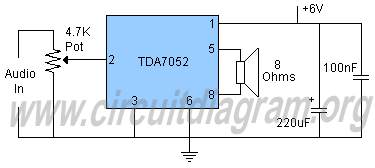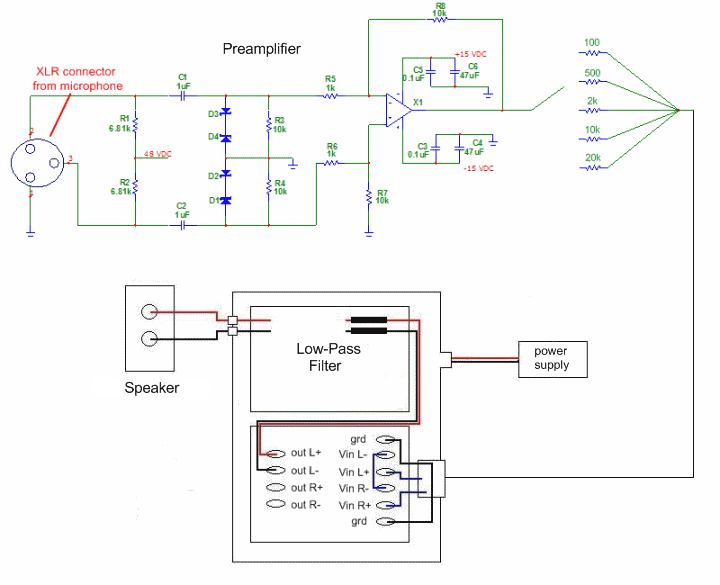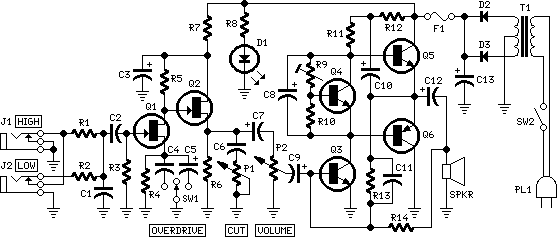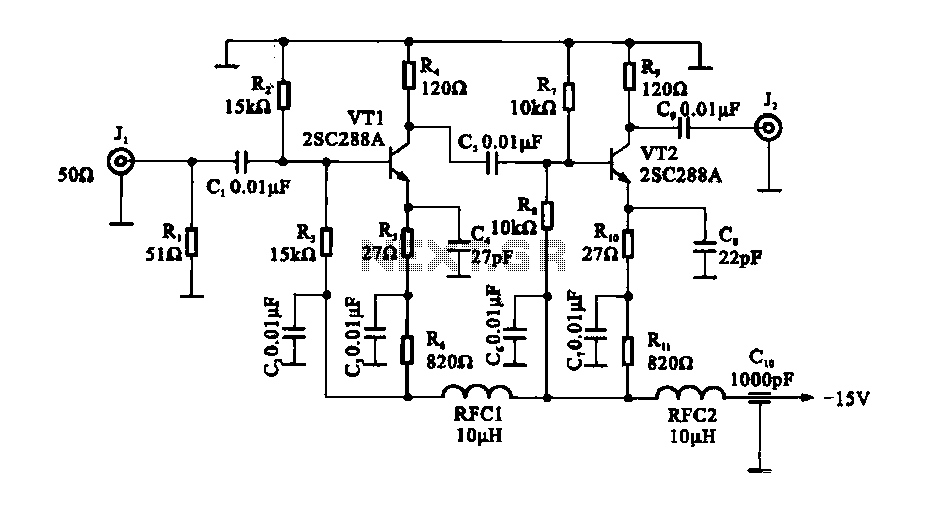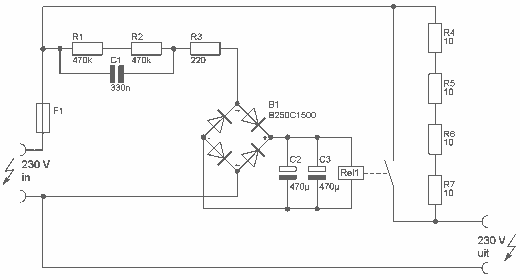
300w Mosfet Linear Amplifier For 50 Mhz
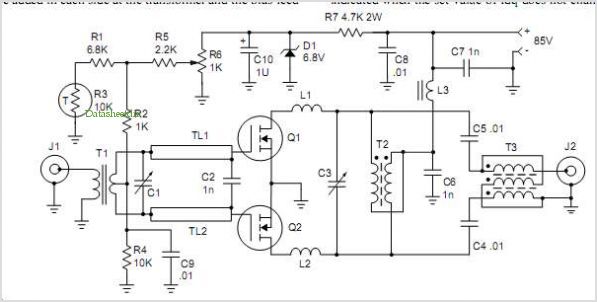
The converter depicted in Figure 1 utilizes a component from the PeakSwitch family (U1, a PKS606YN) to operate a 36 W motor, capable of handling startup and load transition peaks of up to 72 W. The motor speed can be adjusted through two methods: 1) using potentiometer R20 (connected to J3), or 2) by applying an external voltage source ranging from 3.6 V to 10 VDC (connected to J4). These motor speed controls modulate the output voltage of the power supply.
The described converter circuit employs a PKS606YN from the PeakSwitch family, which is designed for efficient power conversion applications. This specific device integrates a high-voltage power MOSFET, a PWM controller, and necessary protection features, making it suitable for driving loads such as motors. The motor in question has a nominal rating of 36 W, but the design accommodates peak demands of up to 72 W, ensuring reliability during startup and transient conditions.
Two methods are implemented for speed control of the motor. The first method involves a potentiometer (R20) connected to terminal J3, allowing for manual adjustment of the motor speed. This method provides a simple user interface where the resistance can be varied to change the output voltage, thus controlling the motor speed.
The second method for speed control utilizes an external voltage source connected to terminal J4. This voltage source can vary between 3.6 V and 10 VDC, providing flexibility in how the motor speed is adjusted. By applying a specific voltage within this range, the output voltage of the power supply is modulated, directly influencing the motor's operational speed.
Overall, the circuit design emphasizes versatility and user control over the motor's speed while ensuring robust performance under varying load conditions. The integration of the PeakSwitch component enhances efficiency and simplifies the overall design, making it suitable for various applications requiring precise motor control.The converter shown in Figure 1 uses a member of the PeakSwitch family (U1, a PKS606YN) to drive a 36 W motor, while delivering startup and load transition peaks of up to 72 W. The motor`s speed is variable by two methods: 1) potentiometer R20 (connected to J3), or 2) an externally supplied 3.
6 V to 10 VDC voltage source (connected to J4 ). The motor speed controls vary the output voltage of the supply. 🔗 External reference
The described converter circuit employs a PKS606YN from the PeakSwitch family, which is designed for efficient power conversion applications. This specific device integrates a high-voltage power MOSFET, a PWM controller, and necessary protection features, making it suitable for driving loads such as motors. The motor in question has a nominal rating of 36 W, but the design accommodates peak demands of up to 72 W, ensuring reliability during startup and transient conditions.
Two methods are implemented for speed control of the motor. The first method involves a potentiometer (R20) connected to terminal J3, allowing for manual adjustment of the motor speed. This method provides a simple user interface where the resistance can be varied to change the output voltage, thus controlling the motor speed.
The second method for speed control utilizes an external voltage source connected to terminal J4. This voltage source can vary between 3.6 V and 10 VDC, providing flexibility in how the motor speed is adjusted. By applying a specific voltage within this range, the output voltage of the power supply is modulated, directly influencing the motor's operational speed.
Overall, the circuit design emphasizes versatility and user control over the motor's speed while ensuring robust performance under varying load conditions. The integration of the PeakSwitch component enhances efficiency and simplifies the overall design, making it suitable for various applications requiring precise motor control.The converter shown in Figure 1 uses a member of the PeakSwitch family (U1, a PKS606YN) to drive a 36 W motor, while delivering startup and load transition peaks of up to 72 W. The motor`s speed is variable by two methods: 1) potentiometer R20 (connected to J3), or 2) an externally supplied 3.
6 V to 10 VDC voltage source (connected to J4 ). The motor speed controls vary the output voltage of the supply. 🔗 External reference
